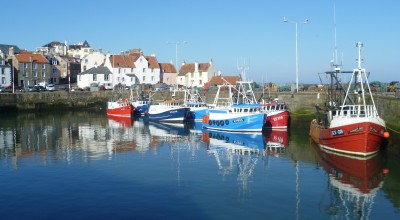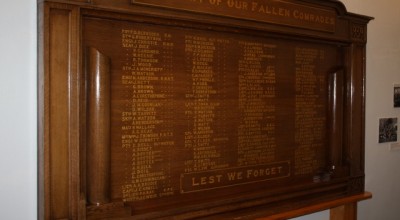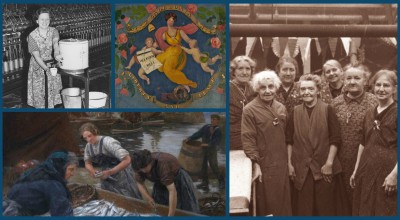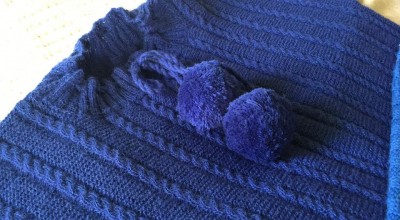Not Just For The Halibut
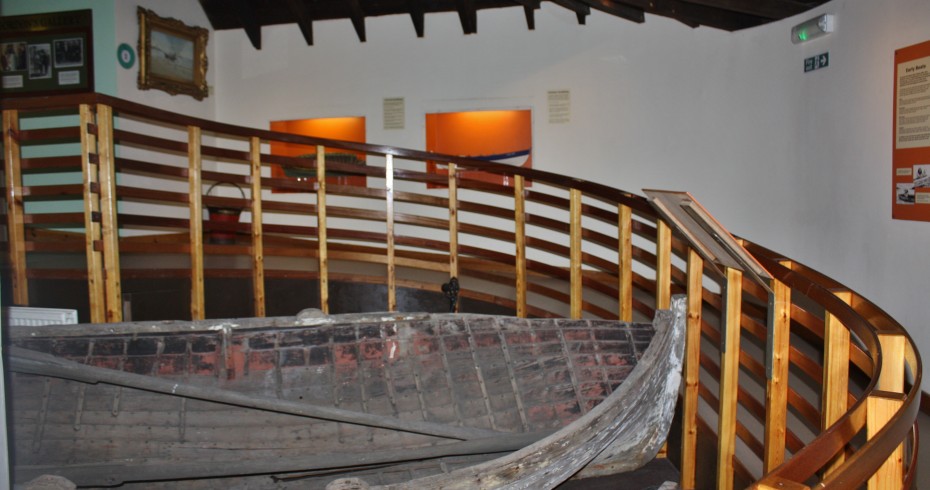
At the Scottish Fisheries Museum our work on accessibility is varied, longstanding, and ongoing. Many of us have personal experience of disability and how simple actions from a venue can make or break a visitor experience. It is for this, and many other reasons, that we have a vested interested in making our facilities and activities as accessible as possible, both in terms of physical and hidden disability.
The start of our accessible journey started in the mid 1990s. Although our many buildings vary in age, size, shape and type we put in flat and ramped access to all but 1 of our 10 galleries. The gallery that is not fully accessible, The Fisherman’s Cottage had an accessible viewing window installed so it can be enjoyed by all. This change was monumental as it meant that everyone travelled the same route through the museum, irrespective of their physical abilities.
We have continued to improve our physical access through our refurbishments and renovations. When we renovated our main entrance, shop and tearoom in 2017 we considered access as part of this. The tables we introduced were chosen because they are more wheelchair friendly. Other facilities, like our toilets, have also been decorated with accessibility in mind. Wall colours are different from appliance colours and doors are also coloured differently.
In 2015 we were keen to try and do more to make the museum even more accessible. Sadly we only heard about the first Disabled Access Day the weekend after, however we decided that this would be a great opportunity to do more. Over the year we attended training at the Museums Association and Fife Council to determine what we could do to best serve and benefit disabled people in a meaningful way. One of the most important things we learned was that making changes to benefit disabled visitors often benefits many other audiences, and that some people will not always appear to have a disability or acknowledge that they do.
We decided that since the museum is a very visual place and many of our visitors are older and many live with the visual impairments that this brings we would start by focusing on making collections accessible to visually impaired visitors. We approached Fife Society for the Blind who were brilliant at providing advice and steering us in the right direction. The staff there listened to our many suggestions and helped guide us so that we used our resources to benefit the most people. We developed a touch and descriptive tour alongside an object handling kit, both which are now available on request. We launched these on Disabled Access Day 2016 and they proved to be enjoyed by everyone. It was at this day that we realised that these activities were hugely enjoyed by younger audiences as many families told us they had a great time.
Since then we have repeated the activities and built on our experience. At Disabled Access Day 2017 we welcomed range of visitors, including a family with an autistic young adult and a family with an individual living with dementia. These groups were positive about their experience but what was also clear to staff was that the activities did not provide most benefit for disabled individuals. The choice to visit was not theirs. It was their families who felt the real benefit of the inclusive atmosphere and accessible activities: they could enjoy the museum as a family group.
Through this we have come to understand that accessibility is not about opening up opportunities that are so tailored to a specific disability that they exclude others. Accessibility is making collections, spaces and stories available to all.



